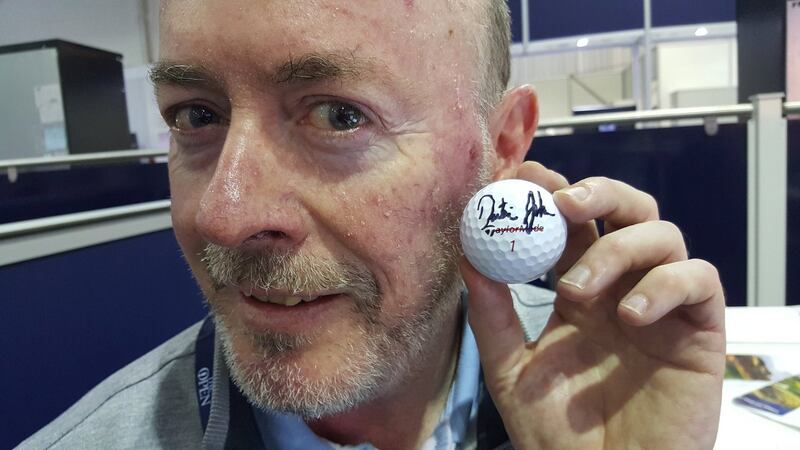Highlight
The rulebook doesn’t allow for players – or caddies – to carry a GPS navigation out the course. But, then, maybe Jordan Spieth’s adventures on the 13th hole of the final round of the British Open at Royal Birkdale provided proof that such scientific systems aren’t required when it comes down to rescuing a mission. The human brain is still the most reliable of all.
On that 13th hole, Spieth’s hopes of securing the Claret Jug at the 146th Open were lost and won in what seemed like an eternity but which amounted to 20 minutes during which time he formulated a plan which involved retracing his steps from an unplayable lie in the sand dune down the right all the way back to the practice range where, amidst the equipment and manufacturers’ trucks, he took a penalty drop and got line-of-sight relief to play a recovery shot of the ages.
You could just imagine that old maestro Seve Ballesteros – once known as the Car Park Champion for his recovery shot en route to claiming the 1979 title at Royal Lytham and St Annes – casting an appreciative gaze down from the heavens as the 23-year-old American deliberated and executed a recovery shot that averted disaster.
For a fleeting moment, as he looked like a lost soul standing in the high grass in the dunes, Spieth’s world seemed to be unfolding. Then, he had asked a simple question – “Is the practice ground out of bounds?” – and, on discovering it wasn’t, the R&A not believing anyone would be so wayward as to venture that far right, Spieth’s plan of escapology took off.
His 3-iron recovery was sufficiently good to conjure up nothing worse than a bogey, and, from there, he took flight: a run of birdie-eagle-birdie-birdie-par over the remaining five holes was the most sensational of any in the championship’s history.
Lowlight

OUCH!!
That would be getting hit smack on the cheekbone by the TaylorMade ball of world number one Dustin Johnson in the first round of the British Open.
My head being in the wrong place at the right time did prevent DJ’s ball from plunging like a missile into a gorse bush by the ninth green . . . thankfully the head injury assessment in the medical centre deemed a bag of ice and some painkillers was all the treatment required. DJ did say sorry – or maybe it was “Sorreee!” – and autographed a golf ball to ease the pain (a little!).













